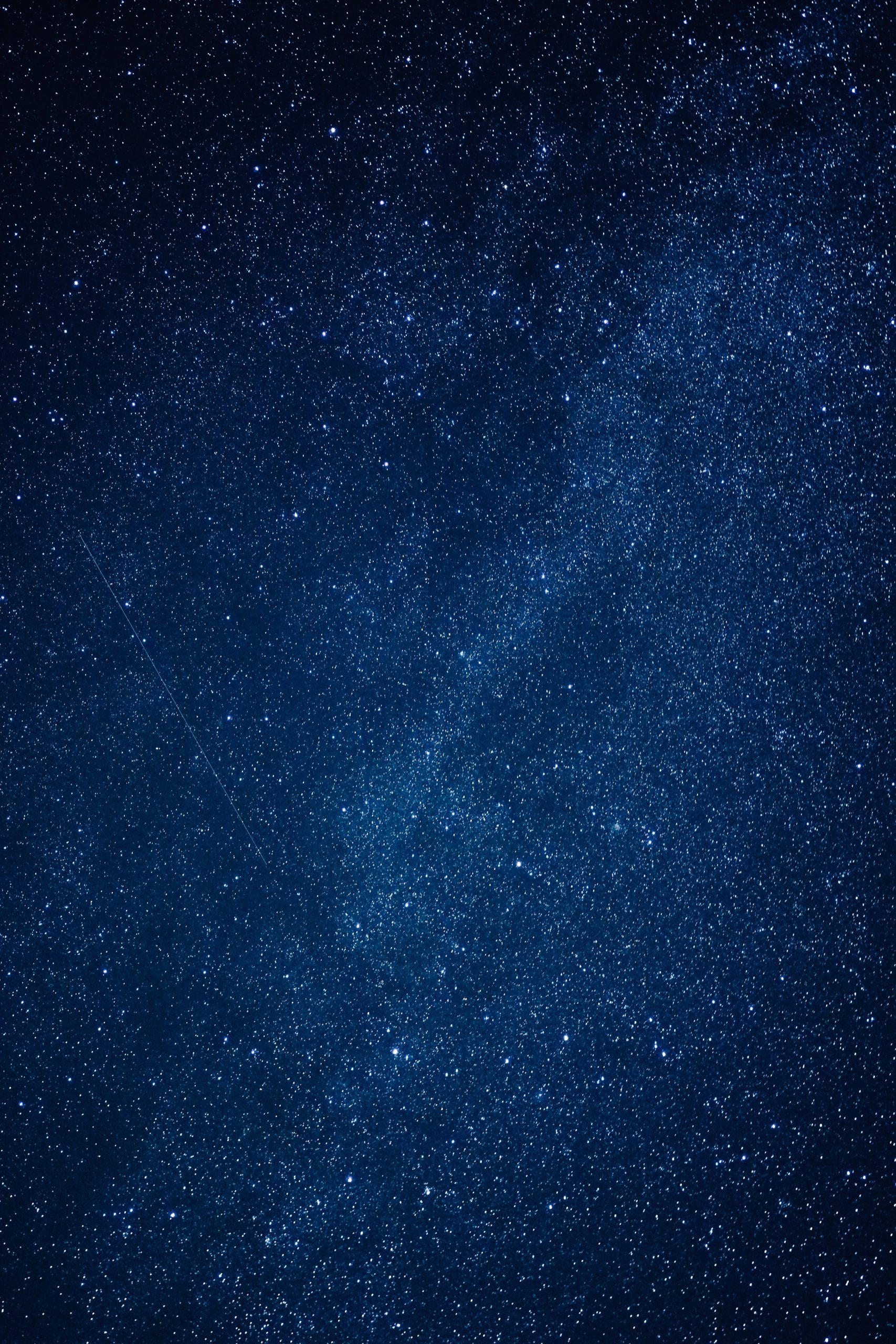Moon Phase Today: Understanding the Waning Gibbous Phase
Have you ever looked up at the night sky and wondered about the different phases of the moon? The moon is a fascinating celestial body that goes through various phases, each with its own unique characteristics. In this blog post, we will delve into one specific phase: the waning gibbous phase. We will explore what this phase entails, its significance, and how it affects our lives. So, let’s embark on this lunar journey and unravel the mysteries of the waning gibbous moon phase!
What is the Waning Gibbous Phase?
The waning gibbous phase occurs when more than half of the moon’s visible surface is illuminated, but the illumination is decreasing. This phase takes place after the full moon phase and before the third quarter phase. It marks the gradual shift from a fully illuminated moon to a partially illuminated moon.
During this phase, the moon appears as a large, bright disc with only a small portion of its right side remaining in shadow. The term “gibbous” itself means “humpbacked” or “bulging,” referring to the moon’s shape during this phase.
Understanding the Moon’s Orbit
To better comprehend the waning gibbous phase, it’s essential to understand the moon’s orbit around the Earth. The moon orbits our planet in an elliptical shape, and it takes approximately 29.5 days to complete one lunar cycle. These lunar cycles are divided into eight distinct phases, with the waning gibbous phase being one of them.
As the moon orbits the Earth, it goes through various positions relative to the sun, causing the amount of illumination we see from Earth to change. The moon’s position determines whether we see a full moon, a waxing or waning crescent, or any other phase in between.
Characteristics of the Waning Gibbous Phase
Now that we have a basic understanding of the waning gibbous phase let’s explore its unique characteristics:
- Appearance: During this phase, the moon appears to be more than half illuminated, but less than fully lit. It displays a large, bright disc with a small part on the right side remaining in shadow.
- Duration: The waning gibbous phase typically lasts for about seven days, but the exact duration can vary depending on the moon’s position in its orbit.
- Brightness: Though not as luminous as a full moon, the waning gibbous moon still shines brightly, casting a significant amount of light during the night.
- Visibility: The waning gibbous moon is visible for a substantial portion of the night, often rising in the east during the late evening and setting in the west in the early morning hours.
- Weather Changes: Some anecdotal evidence suggests that the waning gibbous phase can be associated with changes in weather patterns. However, scientific research is inconclusive regarding such correlations.
The Significance of the Waning Gibbous Phase
Like other moon phases, the waning gibbous phase has cultural, spiritual, and practical significance.
Cultural Significance: Throughout history, many cultures have connected the different moon phases with specific events or celebrations. In some traditions, the waning gibbous phase symbolizes introspection, release, and the shedding of old habits or patterns.
Spiritual Significance: Some spiritual and esoteric beliefs associate the waning gibbous phase with inner reflection, emotional healing, and the opportunity to let go of negativity in one’s life. It is often seen as a time for introspection and self-discovery.
Agricultural and Fishing Practices: The moon’s phases, including the waning gibbous phase, have been linked to agricultural practices throughout history. Some farmers believe that certain activities, such as pruning, weeding, or harvesting, are best performed during specific lunar phases to optimize plant growth and yield. Likewise, fishermen may consult lunar calendars to determine the best time for productive fishing trips.
How the Waning Gibbous Phase Affects Us
While the waning gibbous phase may not have a direct impact on our daily lives, it can still influence us in subtle ways.
Sleep Patterns: The brightness of the waning gibbous moon can affect our sleep patterns, especially if our bedrooms have insufficient window coverings. Some individuals may find it more challenging to fall asleep or sleep deeply during this phase. Investing in light-blocking curtains or blinds can help mitigate this issue.
Nighttime Activities: The illumination provided by the waning gibbous moon can be beneficial for nighttime activities that require outdoor visibility, such as stargazing, camping, or late-night walks. However, if you prefer a darker sky for observing celestial events or astrophotography, you might want to plan your activities around the moon’s phases accordingly.
Mood and Emotions: While not scientifically proven, some individuals claim that they experience heightened emotions or mood changes during the waning gibbous phase. Whether psychological or influenced by external factors, it’s always essential to prioritize self-care and maintain emotional well-being throughout the lunar cycle.
Conclusion
The waning gibbous phase is a captivating part of the moon’s cycle that brings a unique blend of beauty and enchantment to the night sky. As we marvel at this illuminated celestial body, let us appreciate the wonders of the natural world and the mysteries it continues to unveil. So, the next time you catch a glimpse of the waning gibbous moon, take a moment to reflect on its significance and the part it plays in the intricate dance of the cosmos.
Table of Contents
